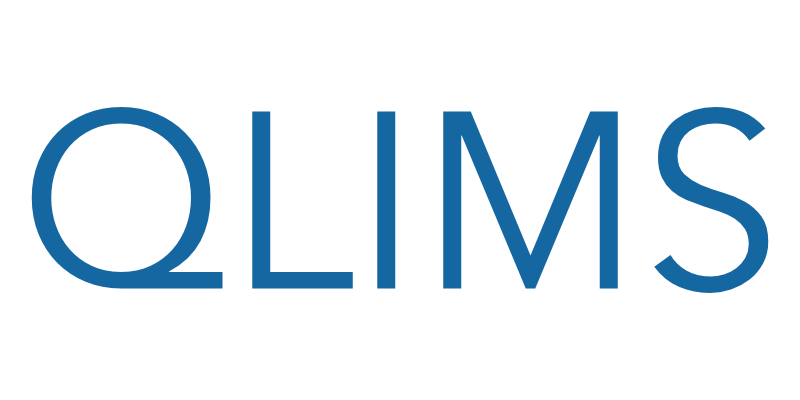
When it comes to managing a laboratory, choosing the right Laboratory Information Management System (LIMS) can make all the difference. LIMS software can streamline operations, increase efficiency, and provide valuable insights into your data. However, with so many options available, choosing the best LIMS software for your lab can be a daunting task. How to choose the best LIMS for your lab?
It’s important to consider factors such as functionality, compatibility, and scalability when making your selection. In this article, we’ll guide you through the process of choosing the best LIMS software for your laboratory, highlighting the key features to look for and the questions to ask. Whether you’re a small lab or a large facility, this comprehensive guide will help you find the LIMS software that meets your needs and helps you achieve your goals.
Do you understand your lab’s current processes?
Before choosing LIMS software, it’s important to understand your laboratory’s current processes and workflow. This will help you identify areas where automation and digital integration can improve efficiency and accuracy.
It’s crucial to assess how data is currently collected, stored, and analyzed, as well as how samples are tracked and processed. Understanding your laboratory’s current processes will also help you determine which features are essential in LIMS software, such as data management, sample tracking, and reporting capabilities. Additionally, you should consider any regulatory requirements or industry standards that your laboratory must adhere to, and make sure that the LIMS software you choose is compliant.
How well does the LIMS fit with the To-Be state out of the box?
When searching a LIMS software, it’s important to consider how well it fits with your laboratory’s desired state or “to-be” state. This includes assessing whether the software has the necessary features and capabilities to meet your needs and streamline your processes, as well as whether it can be easily configured to fit your laboratory’s specific requirements.
Some LIMS software may require extensive customization to meet your laboratory’s needs, which can be time-consuming and expensive. Therefore, it’s important to ask the LIMS vendors how well the LIMS software fits with your “to-be” state “out of the box,” as this can help you avoid costly and time-consuming customizations down the line. Also, make sure to ask the vendor about their experience with similar implementations. It will help your laboratory to be up and running as quickly and efficiently as possible.
What are the short-term goals vs. long-term plans for the LIMS implementation?
When choosing the right LIMS software, it’s important to consider both your short-term goals and your long-term plan for implementation. Your short-term goals may include immediate improvements to your laboratory’s efficiency and accuracy, while your long-term plan may involve the integration of additional instruments, expansion into new markets, or other growth initiatives.
It’s important to choose LIMS software that can accommodate your short-term goals and also scale to meet your long-term objectives. Make sure to discuss your plans and goals with the vendor. By choosing LIMS software that can support both your short-term goals and long-term plan, you can ensure that your investment will pay off in the long run.
What are their architectural options?
There are several different architecture options, including cloud-based, web-based, and on-premise solutions. Each architecture has its own unique benefits and drawbacks, and it’s important to choose the option that best fits your laboratory’s needs. Cloud-based solutions offer accessibility and scalability, while web-based solutions offer greater customization options. On-premise solutions offer greater control and security but may require a larger investment. It’s important to consider the benefits and costs of each architecture option, as well as any limitations or restrictions.
Make sure to discuss your needs and concerns with the vendor and ask about their experience with different architecture options. By choosing the right architecture option, you can ensure that your LIMS software is fully integrated into your laboratory and meets your specific needs.
How easy is it to adapt and improve the system when lab needs inevitably change?
Laboratories are constantly evolving and adapting to new technologies and processes, and it’s important to choose a LIMS software that can evolve with your laboratory. Look for a solution that is flexible and can be easily configured to meet your changing needs. Additionally, consider the vendor’s support and maintenance options. Make sure to ask about their upgrade and enhancement policies, and how they handle new requirements. By choosing a LIMS software that is adaptable and easy to augment, you can ensure that your laboratory stays ahead of the curve and remains efficient and effective.
If you’re looking for powerful, reliable, and user-friendly LIMS software for your laboratory, QLIMS is designed to meet the unique needs of modern laboratories and is backed by a team of experienced professionals who are dedicated to helping you get the most out of your investment. With QLIMS, you can streamline your processes, improve your efficiency, and make informed decisions with confidence. Get in touch with us today to learn more about how QLIMS can help you achieve your goals.
Learn More












